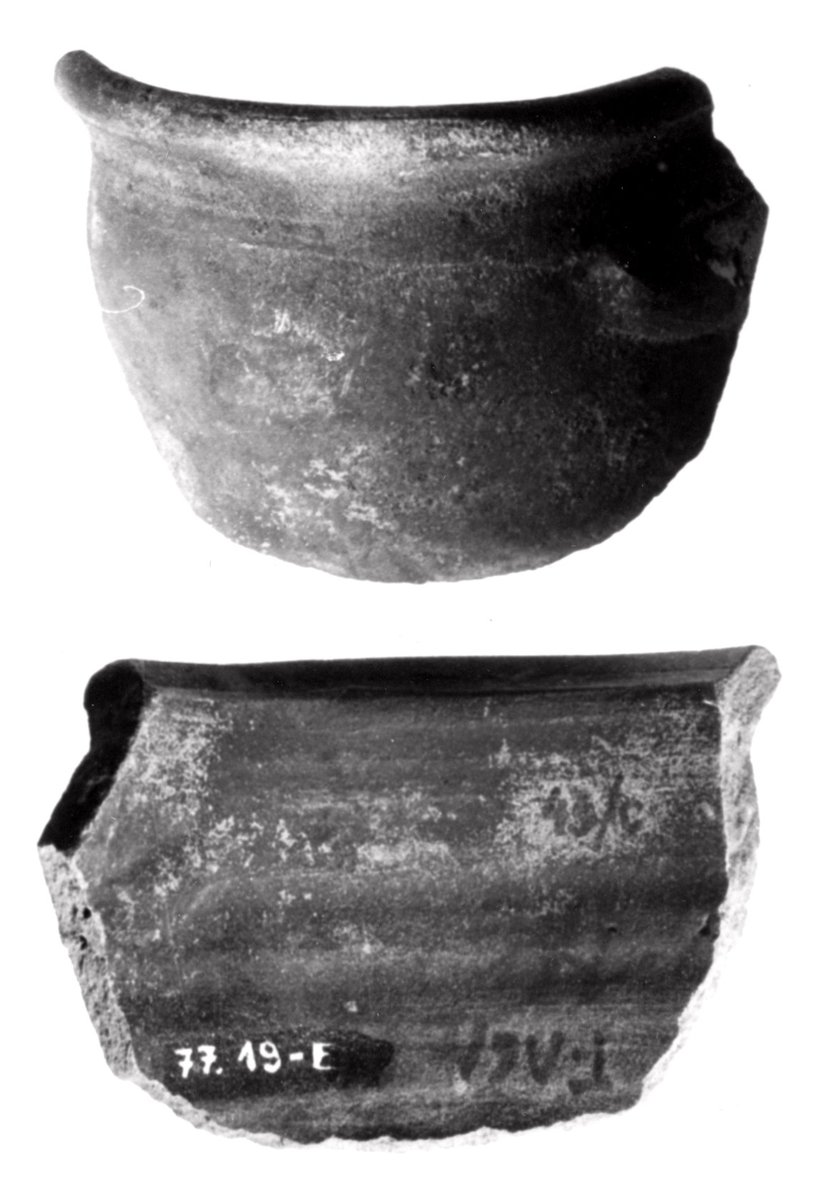
Vessel Fragment
Egyptian Art
| Place of production | Thebes (?), Egypt |
|---|---|
| Date | New Kingdom |
| Object type | architecture |
| Medium, technique | Pottery |
| Dimensions | 19.7 × 6.9 cm |
| Inventory number | 74.3-E |
| Collection | Egyptian Art |
| On view | This artwork is not on display |
Funerary cones were used as specific architectural decorative elements almost excusively in the New Kingdom necropolis of Thebes. They were made of clay, with an average length of 25–35 cm, and their flat and circular ends were stamped with the name and titles of the tomb owner before the cone was fired. After drying and burning, they were set into the facade of Theban rock tombs or built into the wall of mud brick pyramids erected on the hillside above the tomb. Funerary cones were mass-produced; one particular tomb may have been furnished with hundreds of pieces bearing the same inscription created with the same stamp. Wall scenes in Theban private tombs quite often depict funerary cones as red disks arranged in rows over the entrance to the tomb. One tomb complex was usually provided with only one type of cones, but cases are known when different types were produced for a single tomb.
The owner of the funerary cone was Nebmehit, who lived during the Eighteenth Dynasty and held the titles scribe and overseer of the fields. His tomb is unidentified.
This record is subject to revision due to ongoing research.